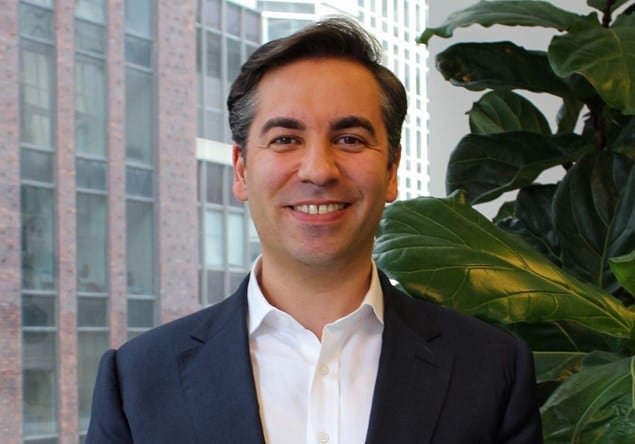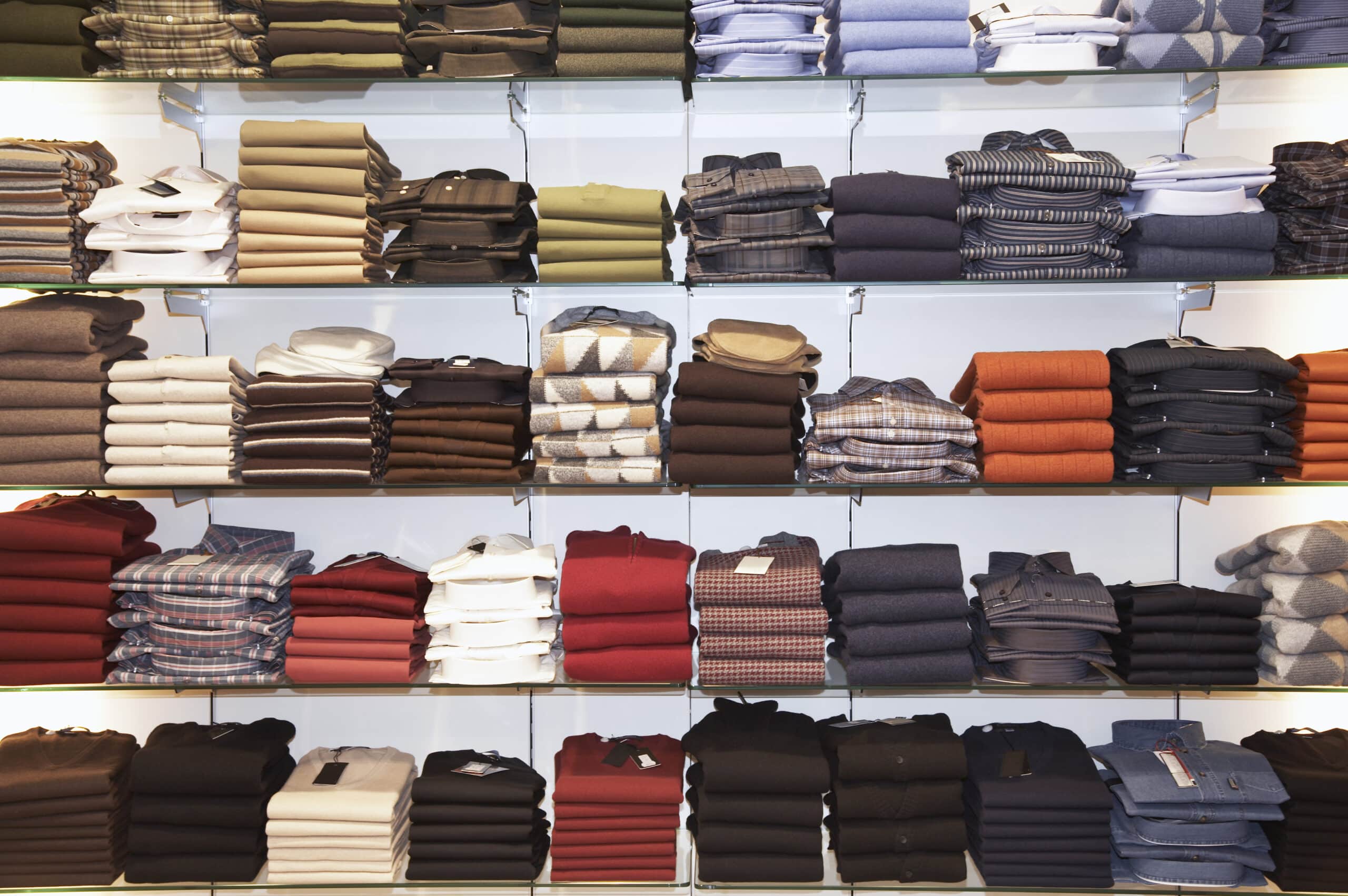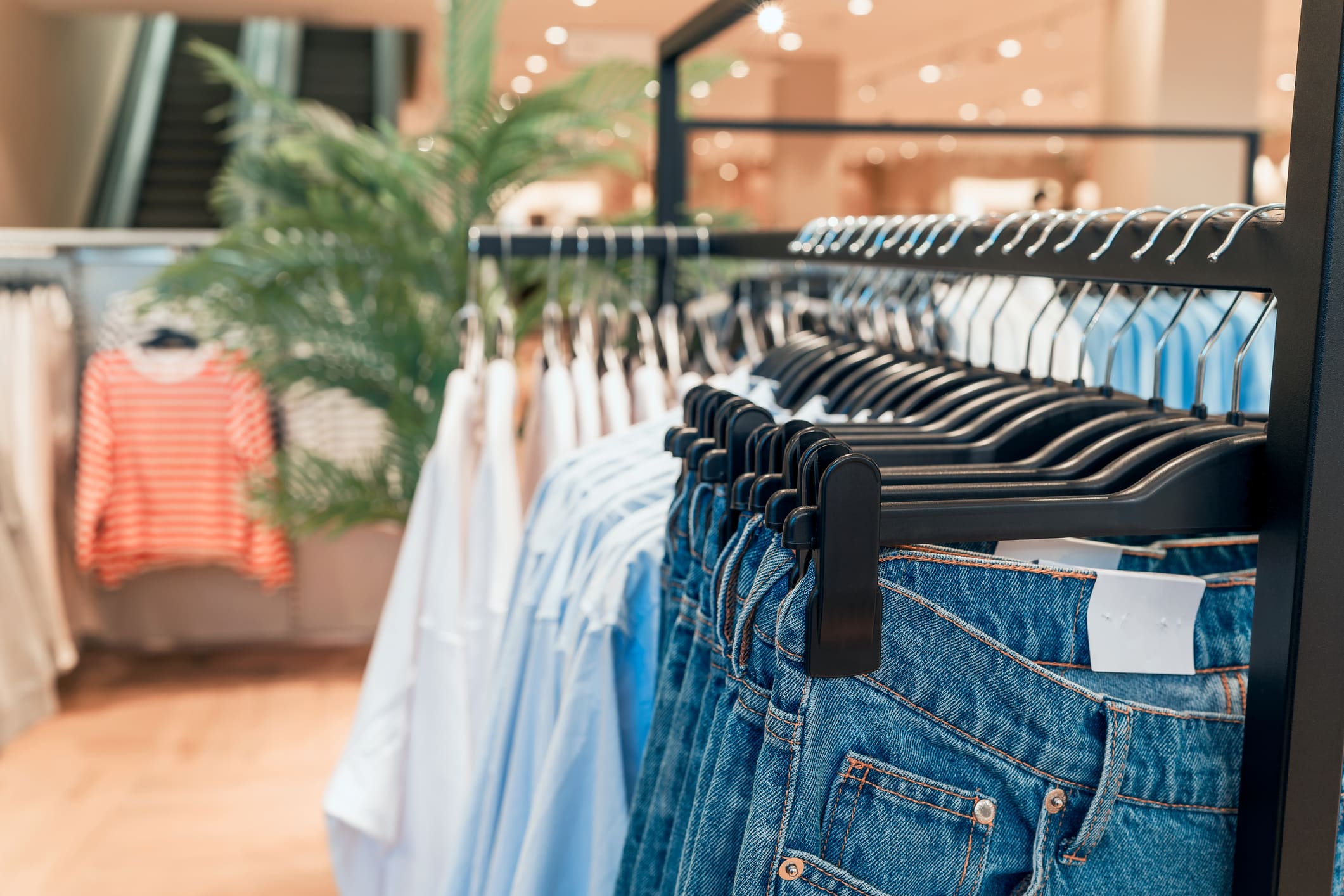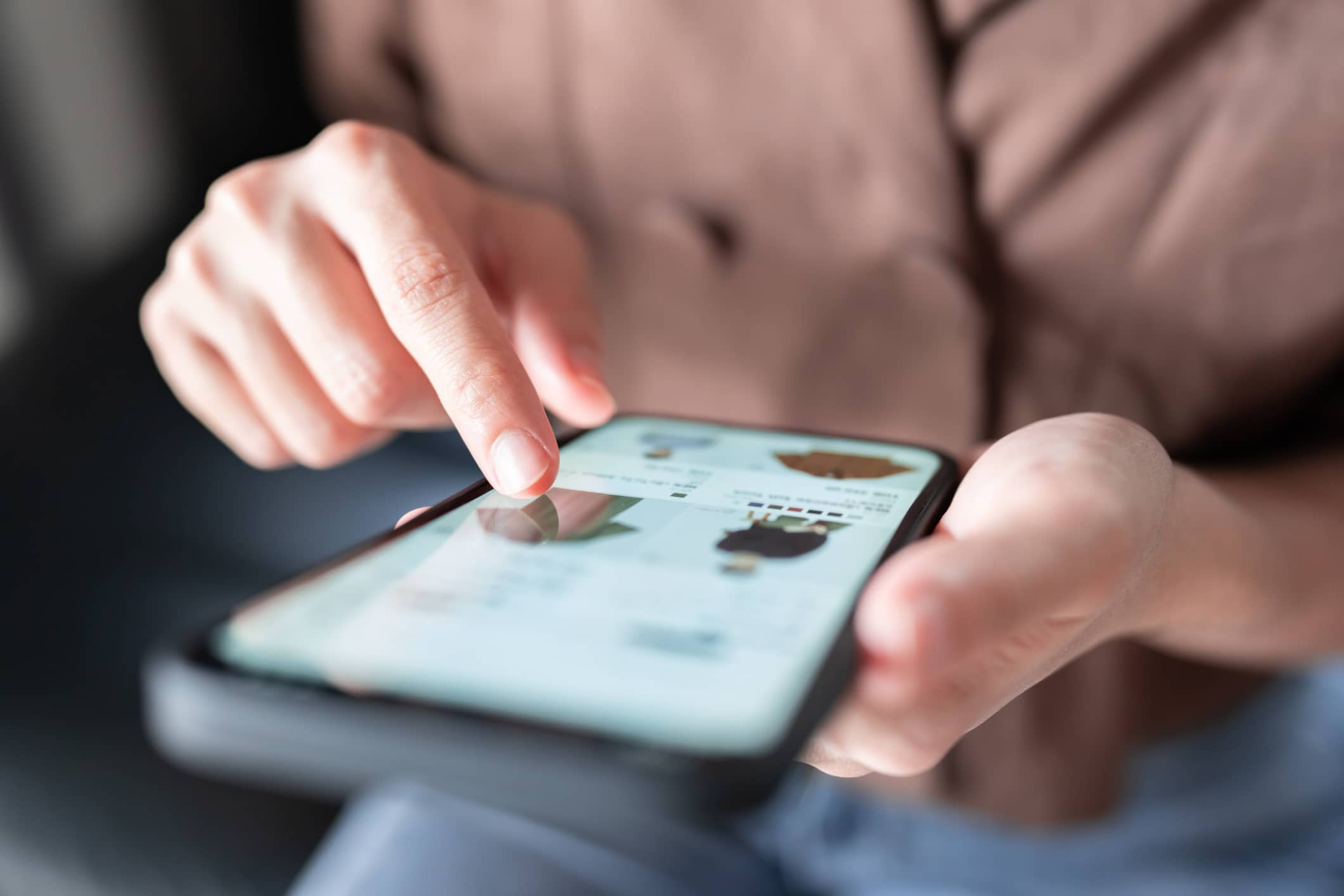
No such thing as a free delivery
Consumer expectations of delivery continue their relentless march: speed of fulfilment is now rated by 8% of US consumers as the most important factor in e-commerce decisions, up from 2% in 2017, according to Kibo.
Unfortunately, consumers have been conditioned to expect their delivery for free. But as with lunch, so with delivery: there’s no such thing as free. So who has been paying for it? And who will in the future?
Initially, retailers paid: the first movers drove conversion with free delivery. Then retailers used free delivery to drive basket size. But now it is ubiquitous, the costs of offering it are starting to really hurt retailer profits.
The other party who paid for free delivery was, perversely, the delivery driver, despite the boom in parcel delivery. Labor accounts for 3/4 of delivery cost, so the squeeze was inevitable, especially as legacy unionized workforces allowed new entrants to undercut on price. But more recent labor cost reduction has been achieved by a significant worsening in working conditions, including the rise of self-employment, some of which have been found to be exploitative. We don’t think costs can go lower, and they may even increase as labor regulations tighten. So until the drones take off, further cost efficiencies in delivery aren’t going to support free.
What next then for free delivery? Retailers and logistics companies are battling to find new sustainable models:
- Driving lock-in through subscription models – Prime, obviously, but others such as Tesco, ASOS and Next in the UK are increasingly pushing unlimited delivery options. This clearly poses a challenge to smaller retailers, so…
- Partnerships to challenge Prime – for example, in same day/overnight, Google Express in the US. How long before traditional postal/parcel services offer a retailer-agnostic version of Prime?
- A mindset shift from order- to customer-profitability – delivery is a core part of retailer proposition, and is as much about brand experience as fulfilling a specific purchase. The best retailers are already thinking this way but the systems and cultural shift this requires can still feel like a mountain to climb
- Make the customer pay: either building delivery into the item pricing, as is already starkly apparent on eBay/Marketplace, undermining consumer trust in free. Or more interestingly, as an explicit cost – can retailers mitigate the conversion hit from charging, by majoring on transparency and trust, like Everlane?
Free delivery won’t disappear completely, but it’s clear the retailer and the logistics worker can’t subsidise it any further. Which ultimately leaves us: consumers.
Contatos principais

Nic
Partner




